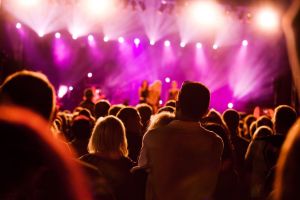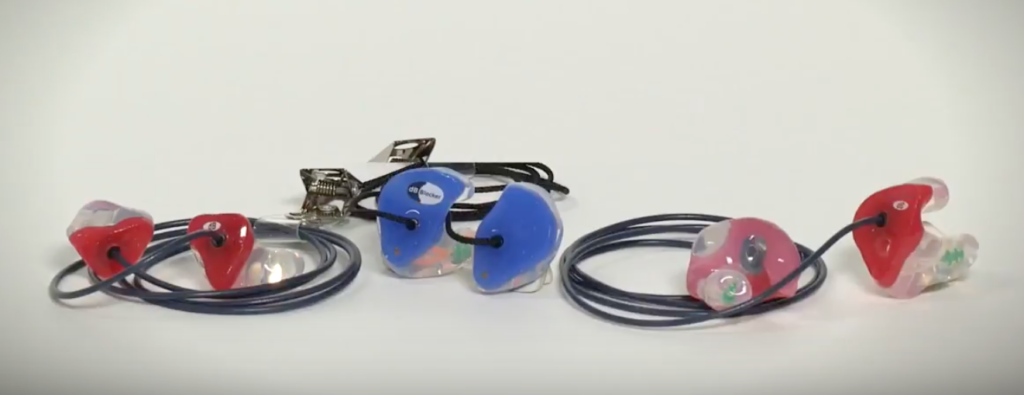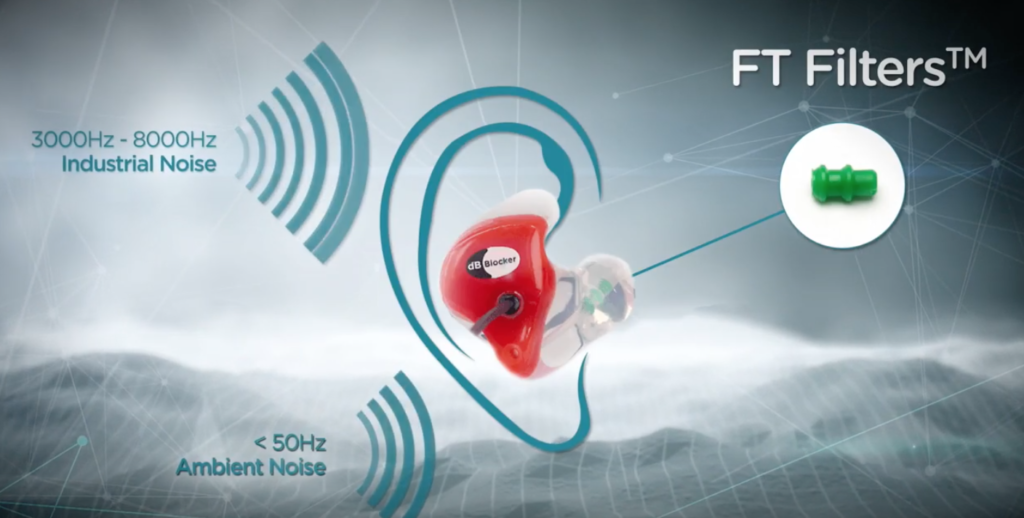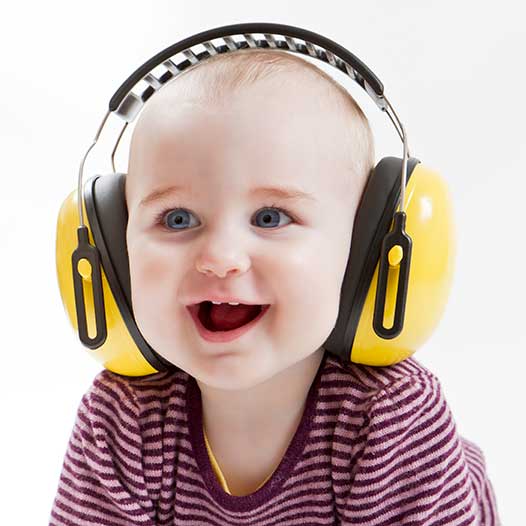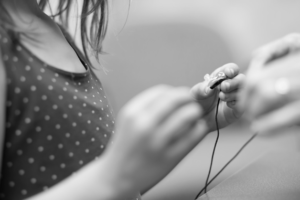Now is the time for occupational safety professionals to check that the safety and hygiene practices in place at their workplaces are compliant with regulatory bodies — like OSHA — and will safeguard workers’ wellbeing.
Data collected by the U.S. Bureau of Labor Statistics (BLS) indicates that workplace accidents show a prolonged downward trend, but that’s no reason to get complacent.
Here are five things safety managers should verify in 2019
1. Equipment and behaviors to minimize falls
Falls are a leading cause of workplace injuries. On January 17, 2017, OSHA enacted new rules regarding workplace surfaces and reducing falls as well as ways to prevent falls that happen when workers perform tasks at dangerous heights. One of those recent stipulations involves letting employers choose their fall protection systems by selecting from approved options.
Plus, occupational safety personnel should remind workers to exercise caution on slick and wet surfaces, use signs to warn others of hazardous surfaces and employ handrails or floor mats to further reduce risks.
2. A process for ill workers — especially those handling food
When people come to work sick, they could make their colleagues and members of the public ill too. That risk is particularly apparent among food service workers. Data from the Centers for Disease Control and Prevention (CDC) showed that 20 percent of workers completed at least one shift while experiencing vomiting or diarrhea. They could pass their illnesses on to people they interact with on a given day as well as the individuals who eat the foods they serve.
One of the best ways to discourage people from showing up sick is to create a procedure for them to follow for notifying supervisors of their illnesses so that those managers can find coverage when necessary. The Food and Drug Administration’s Food Code stipulates that ill food service employees with certain symptoms must notify management.
3. Reasonable access to restrooms
Amazon recently came under fire after allegations that its employees urinated in bottles to boost their chances of meeting performance targets and not having to go to the faraway restrooms. Of course, Amazon denied that claim, asserting that all of its employees could easily access facility restrooms.
Regardless of the legitimacy of the claim, the situation is a reminder that all companies must provide appropriate restroom access. For example, it’s unlawful to make assembly line workers delay using the bathroom to keep productivity and safety levels high. As an alternative, the employees could tell line overseers that they need bathroom breaks.
It’s also crucial that there are enough restrooms to serve the number of employees at an organization. Otherwise, their level of access may be considered unreasonable due to lengthy wait times.
4. Hearing Protection supplied to appropriate employees
Millions of people who work in jobs associated with exposure to noise that may impair a persons hearing. Proper hearing protection will prevent workers from getting long term hearing loss. Hearing Protection can consist of disposable hearing plugs, ear muffs and or custom (molded) hearing protection similar to CPE’s dB Blockers™. dB Blockers™ offer superior hearing protection while enabling workers to communicate clearly with each other. Learn More

5. Awareness and education for seasonal dangers
Seasonal dangers also exist that could pose safety risks. Fortunately, OSHA regularly issues updates to provide the necessary guidance, just as the organization did during hurricane season to give recommendations for blue roofs, or the practice of installing blue tarps over the affected areas of buildings with damaged roofs.
If workers have to endure extreme temperatures, employee safety means considering how to keep workers protected from the elements, such as by requiring them to wear clothes to protect them from frostbite during the winter or staying adequately hydrated during intensely hot days.
Fatigue can also be a workplace danger, especially during the busiest seasons of a year. A stockroom employee might work overtime at a retail facility during the holiday season and find that tiredness increases their risk of accidents.
Statistics from a National Safety Council survey found that 90 percent of employers recognize that fatigue impacts their organizations. Most workers feel tired at work, but less than three-quarters of them see fatigue as a safety risk. Fatigue is not only a risk during busy periods, of course, but organizations must be exceptionally aware of it during such times.
Check practices at least annually
It’s a good idea for organizations to assess the recommendations outlined here at least every year, making improvements as needed.
Original Article: https://www.ishn.com/articles/109896-safety-and-hygiene-practices-to-double-check-before-2019
